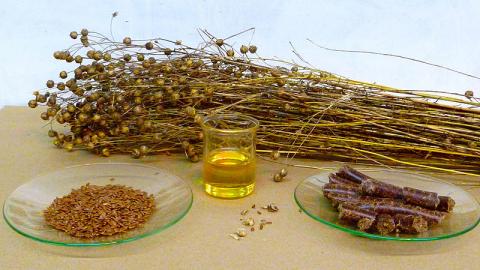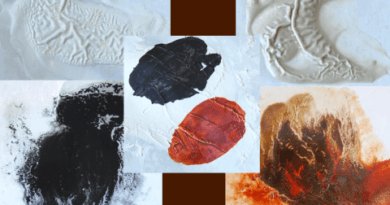The Bio-based Revolution and Art Materials
According to the University of Minnesota a bio-based revolution is underway, and it is fundamentally changing how the world produces and consumes food, animal feed, fiber, chemicals, fuel, energy – and art materials are part of this revolution. “Bio-based” is a term defined by the US Secretary of Agriculture, referring to biological products or renewable agricultural products, forestry materials, or intermediate feedstock. Bio-based products are renewable, and do not contain synthetics, toxins, or environmentally damaging substances. Petrochemicals are replaced by high performance bio-based resins and emulsions.
It turns out that many common art materials have been bio-based all along. Here are a few examples…
| ART MATERIAL | ORIGINAL SOURCE | USAGE |
|---|---|---|
| Oil of Spike Lavender | Plant | Oil Medium |
| Gum Arabic | Trees | Thickening agent, Binder |
| Dammar Crystals | Trees | Varnish, Binder |
| Alkyds | Plants/Vegitable Oils | Binder |
| Polyurethanes | Castor Oil | Varnish, Binder |
| Soy Oils | Plants/Soy Beans | Solvent, Binder |
| Linseed Oil | Flax Plant | Main Binder in Oil Paint |
| Bees Wax | Bee Hives | Wax, Thickener & Binder |
| Carnauba | Palm Leaves | Wax |
| Walnut Oil | Trees | Main Binder in Oil Paint |
t
Of course, there are many more materials not listed here, artists already have a great selection of such less-toxic materials. New (and old!) bio-based materials are replacing various petroleum-based alcohols, acrylic emulsions, urethane emulsions, styrene emulsions, and resins. Localized communities are working for cleaner air and a less harmful working environment through legislation and education, although the process has been sporatic and difficult. It is exciting to know that artists can already reduce their exposure to toxic art materials, allowing for greater freedom of creativity in the environment where we spend many hours each day – doing our art. More healthy art materials are certainly on the way!
The University of Minnesota page on the bio-based Revolution: http://www.bbe.umn.edu/
The attached image shows flax and flax seed, which is converted into linseed oil for use in painting – by Handwerker (Own work) [CC-BY-SA-3.0 (http://creativecommons.org/licenses/by-sa/3.0)], via Wikimedia Commons




